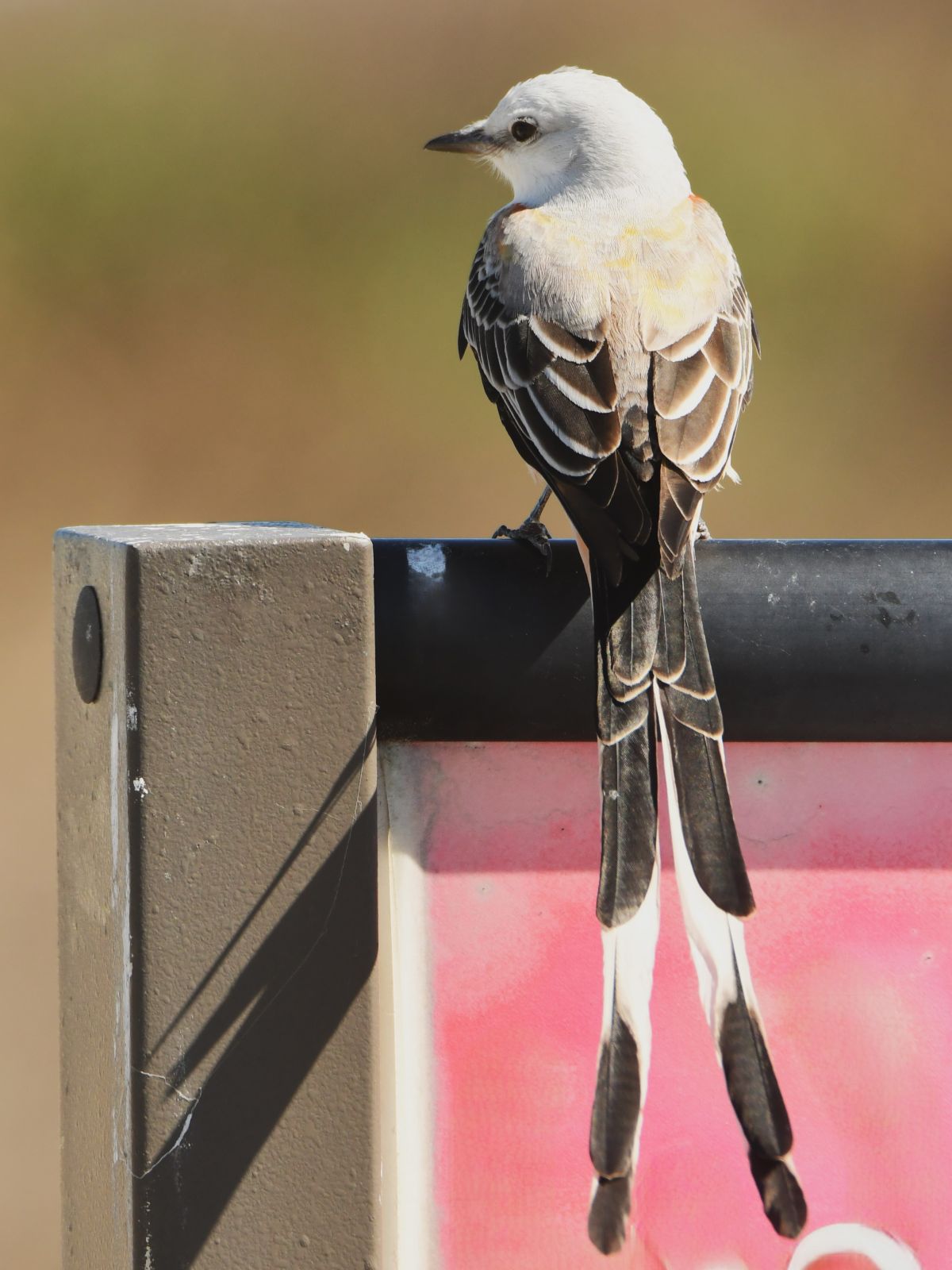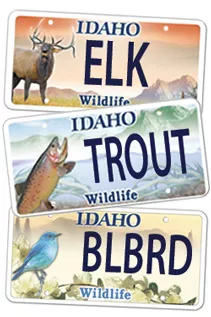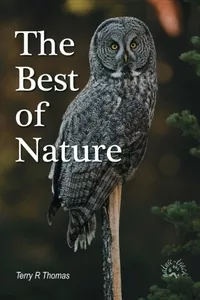More Tails

©Terry R. Thomas/www.nature-track.com
The split tail of this scissor-tailed flycatcher is useful for more than display to attract females and photographers. It helps with quick maneuvering and for flying in the wind.
Despite a six-foot high plexiglass shield, if you don’t want to get wet when watching the orca (killer whale) show at SeaWorld, you need to sit at least 15 rows back. Those sitting in the first six rows won’t get splashed when the male orca slaps his nine-foot-wide tail against the water surface, they will get soaked.
Most water-borne animals, including fish, cetaceans, and crocodilians, use their tails for propulsion. Their tails are strong, moving some of them at incredible speeds. The sailfish, considered the fastest fish in the ocean, is capable of a top speed of 68 miles per hour. Other streamlined fish such as the swordfish, wahoo, and bluefin tuna can reach speeds of 60 mph, largely due to their strong tail also called a caudal fin. Anal fins may help somewhat in propulsion, but the tail fin does most of the work. The dorsal and pectoral fins are for stability and steering, not propulsion.
Cetaceans such as orcas, porpoises, whales, narwhals, and dolphins, are all mammals and have a different tail system than fish although it is still their main source of propulsion. They have two matching tail flukes that contain no bones and are situated horizontally, not vertically like the tail fin of a fish. The flukes move up and down instead of side-to-side.
Almost all birds have tails and almost all bird tails serve as brake and rudder as well as for balance when perched. However, there are some specialized tails that are pretty unique. For instance, woodpeckers and woodcreepers have extra stiff tail feathers that help them to brace against tree trunks. Forked tails, such as that of the scissor-tailed flycatcher, barn swallow, and several terns aid in flight control for tight maneuvering as well as helping in windy conditions.
But this next one will surprise you. The glorious peacock is one of the most stunning birds in the world. When he fans out his train of three-foot long feathers, it is breath-taking. However, the train is not actually part of the tail. The peacock’s tail is small and gray. The train feathers are part of the tail covert feathers, feathers on the rump, not the tail.
When it comes to courtship and display, bird tails may be unsurpassed in form and color. From the many pheasant and bird of paradise species to the tiny racquet-tail hummingbird, there are thousands of shapes, designs, and colors, many so dramatic they must really impact how the bird can move. And males (usually) have found myriad ways of displaying their gaudy tail feathers to impress the ladies.
Balance is another key use of a tail. Imagine trying to chase a rabbit or a gazelle at full speed, matching their turns and twists. I know I would end up on my face in short order. However, from weasels to tigers, predators that chase down their food often depend upon their long tails for balance and as a counterweight for tight turns at high speed.
But even mice don’t just drag around a useless tail or a simple counterweight. Recent research has shown that mice actively use their tails for balance and even to create angular momentum to counter sudden changes in a shifting surface.
On the social end, tails are communication tools. If you have ever had a dog for a pet, you know that their mood can often be predicted by the position of the tail. If it is wagging, they seem happy (I have to be careful with anthropomorphism here), if the tail is wagging and the dog is growling at the same time, that means something different. If the tail is tucked between their legs, they may be frightened. Stiff and held up, watch out—they are tense and ready for a fight. Tail-talk is common among many species and is an important communication tool.
There are many animals that only have residual tails or for which a tail is just a glorified flyswatter. Somewhere in their evolution, a tail became less important and has receded. Bears, elk, caribou, and some cats such as bobcats, lynx, servals, and caracals are examples of the former and bovids such as bison and cape buffalo and zebras are examples of the latter.
Tails are still the rule though and next time we’ll explore a specialized kind of tail called a prehensile tail.
Help Idaho Wildlife
When we traveled across the state in October 2017, most of the vehicles we saw using the wildlife management areas did not have wildlife plates. Buying wildlife plates is a great way for non-hunters and hunters alike to support wildlife-based recreation like birding.
C'mon folks, let's help Idaho's wildlife by proudly buying and displaying a wildlife license plate on each of our vehicles!
See below for information on Idaho plates. Most states have wildlife plates so if you live outside Idaho, check with your state's wildlife department or vehicle licensing division for availability of state wildlife plates where you live.
And tell them that you heard about it from Nature-track.com!

Wildlife License Plates
Great news! as of 2024, there are three NEW designs for license plates. They still are bluebird, cutthroat trout and elk, but they are beautiful.
Idaho Wildlife license plates provide essential funding that benefits the great diversity of native plants and wildlife that are not hunted, fished or trapped—over 10,000 species or 98% of Idaho’s species diversity. Game species that share the same habitats (such as elk, deer, antelope, sage-grouse, salmon, trout) also benefit from these specialty plates.
No state tax dollars are provided for wildlife diversity, conservation education and recreation programs. Neither are any revenues from the sale of hunting or fishing licenses spent on nongame species. Instead, these species depend on direct donations, federal grants, fundraising initiatives—and the Idaho Wildlife license plates.
Both my vehicles have Bluebird Plates. I prefer the bluebird because the nongame program gets 70 percent of the money from bluebird plates, but only 60 percent of the money from elk and trout plates - 10 percent of the money from elk plates supports wildlife disease monitoring and testing programs (to benefit the livestock industry) and 10 percent from cutthroat plates supports non-motorized boat access.
Incidentally, in 2014, the Idaho Legislature denied the Department of Fish and Game the ability to add new plates or even to change the name of the elk and cutthroat plates (very specific) to wildlife and fish plates, a move that would have allowed for changing images occasionally and generating more revenue. It would seem that they believe that we Idahoans don't want a well funded wildlife program.
I think it is time we let the Legislature know that Idahoan support wildlife funding and that we would like to see these generic plates come to fruition.

"WOW. What a phenomenal piece you wrote. You are amazing." Jennifer Jackson
That is embarrassing, but actually a fairly typical response to my nature essays. Since The Best of Nature is created from the very best of 16 years of these nature essays published weekly in the Idaho Falls Post Register (online readership 70,000), it is a fine read. It covers a wide variety of topics including humorous glimpses of nature, philosophy, natural history, and conservation. Readers praise the style, breadth of subject matter and my ability to communicate complex and emotional topics in a relaxed and understandable manner.
Everyone can find something to love in this book. From teenagers to octogenarians, from the coffee shop to the school room, these nature essays are widely read and enjoyed.
Some of the essays here are my personal favorites, others seemed to strike a chord with readers. Most have an important message or lesson that will resonate with you. They are written with a goal to simultaneously entertain and educate about the wonderful workings of nature. Some will make you laugh out loud and others will bring a tear to the eye and warm your heart.
Readers Write:
"You hit a home run with your article on, Big Questions in Nature. It should be required reading for everyone who has lost touch with nature...great job!" Joe Chapman
"We enjoyed your column, Bloom Where Planted. Some of the best writing yet. The Post Register is fortunate to have your weekly columns." Lou Griffin.
To read more and to order a copy, click here or get the Kindle version
Copies are also available at:
Post Register
Island Park Builders Supply (upstairs)
Barnes and Noble in Idaho Falls
Harriman State Park, Island Park
Museum of Idaho
Valley Books, Jackson Wyoming
Avocet Corner Bookstore, Bear River National Wildlife Refuge, Brigham City, Utah
Craters of the Moon National Monument Bookstore, Arco, Idaho